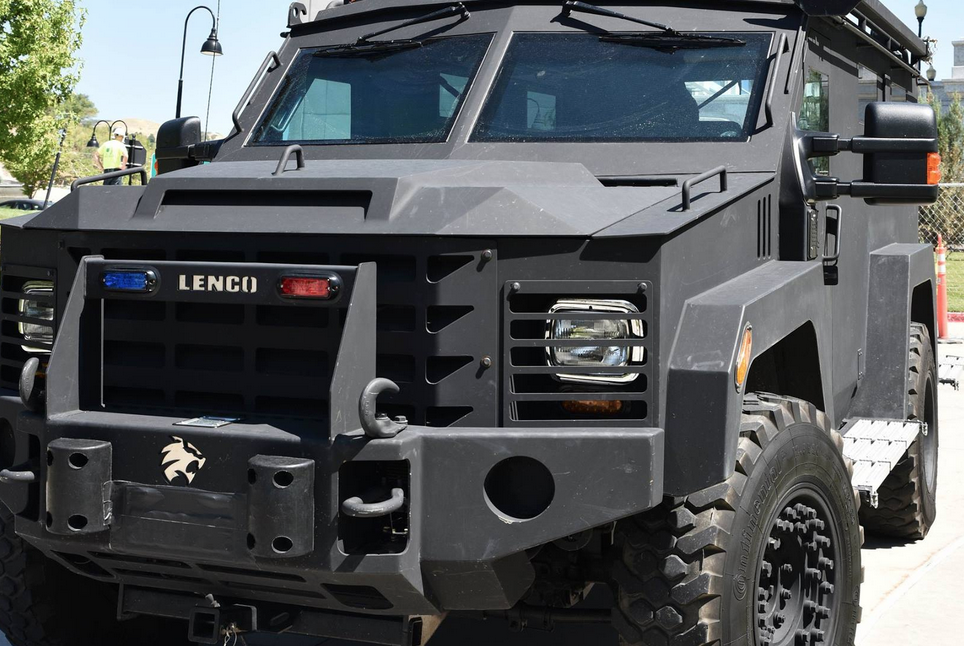This past week we spent two days at the National Tactical Officers Association (NTOA) Conference in Salt Lake City, Utah. The NTOA Conference is one of the largest gatherings of tactical law enforcement professionals in the country and was a great opportunity for us to engage with our LE Athletes one-on-one concerning their fitness.
For two days we manned a booth, attended educational sessions and spoke to members of the tactical law enforcement community. Here are four lessons from the conference.
#1 Fitness culture is growing quickly in the LE Tactical Community, but is still not specific
Nearly every LE officer or administrator we spoke with said their unit currently had a fitness assessment. In addition to the assessment, most were involved in some form of fitness training program. Unfortunately most of these programs were either based on older, legacy programming or “randomized” training dogmas.
As the fitness culture in the LE Tactical Community grows we hope to see a shift towards job-specific professional fitness. Right now LE fitness training seems to fit into three primary categories: (1) military-style PT, (2) bodybuilding-style weight training, (3) randomly programmed daily workouts.
While all three of these training styles have their benefits, they lack the specificity of a professional, job-specific fitness program. LE officers, especially those involved in tactical operations, have very explicit athletic demands. It is vital that as the fitness culture continues to grow that these demands are highlighted and addressed.
#2 Unfit communities tend to have unfit LE communities
This should really come as no surprise, but the fitter departments we spoke with seemed to come from communities which are generally considered fitter places to live – and vice versa. There were obviously exceptions to this trend, but overall it seemed pretty clear that LE communities are microcosms of their locales.
The positive side of this trend is that LE officers from less fit locations have an opportunity to positively impact their communities’ fitness culture. Instead of embracing the local status-quo, LE officers can use their position to lead by example and hopefully drive positive change.
As we have said before, we believe that individuals involved in fitness-dependent professions like the military, law enforcement and fire/rescue careers have a professional obligation to be fit. Living in a less fit location does not negate this responsibility, but rather offers another means of serving the public by being an example of a fit professional.
#3 Gear is still king
The NTOA Conference drew a slew of vendors from small local companies and huge international agencies. Based on my count there were over 225 vendors on the trade show floor. Of these I would estimate that at least 200 were gear related – weapons, vehicles, clothing, ammo…you name it.
On the other hand, I counted only 2 fitness/human performance-related vendors. While I don’t want to downplay that appeal and necessity of top-of-the-line gear, I do think it is necessary to advocate for top-of-the-line human performance.
The new armored personnel carry is nice for driving to a target, but it wont help once you are pursuing a suspect on foot. Body armor which is 5 pounds lighter is helpful, but so is losing 10 pounds of excess body weight. Not to mention that there have been numerous studies which show fitness has a positive impact on both memory and decision making (1).
Remember the first truth of the SOF community: Humans are more important than hardware.
People – not equipment – make the critical difference. The right people, highly trained and working as a team, will accomplish the mission with the equipment available. On the other hand, the best equipment in the world cannot compensate for a lack of the right people. (2)
#4 The number one concern is time
Again and again we heard the same things from our LE officers and administrators – the biggest hinderance to fitness is time. It really didn’t matter if units were full-time or part-time, they all said they struggled with fitting physical training into their routines.
Obviously time is a legitimate concern for everyone, but even so, we don’t see it as an excuse for being unfit. Athletes who understand the importance of fitness make it a priority and find the time.
The good news is that LE officers, even tactical operators can gain the fitness they need in a minimal amount of time. Our busy operator plans effectively use efficient and informed programming, delivered in highly intense 30-45 minute sessions to meet their demands in minimal time. The same is true for the LE community – everyone should be able to find 30-45 minutes 4-5 days per week.
References
(1) Mokgothu, Comfort J. (2008) Effects of physical fitness on attention, memory and decision making in children. Doctoral Dissertation, University of Pittsburgh.
(2) United States Special Operations Command. SOF Truths.– http://www.socom.mil/Pages/SOFTruths.aspx. Retrieved: 04 SEPT 2015.
STAY UPDATED
Sign-up for our BETA newsletter. Training tips, research updates, videos and articles - and we’ll never sell your info.

